UP TO THE MINUTE
Best practices for lift truck safety in roofing
June 30, 2025 at 6:00 a.m.By Cotney Consulting Group.
By training operators properly, conducting regular inspections, respecting load limits and staying aware of surroundings, contractors can create a safer, more efficient job site.
In the roofing industry, efficiency and safety go hand in hand — and nowhere is this more apparent than in industrial lift trucks. Lift trucks are essential whether you're unloading pallets of shingles, lifting equipment to roof level or moving materials around a warehouse or staging area. However, these machines can be dangerous without training, caution and consistent safety protocols.
Roofing contractors who use forklifts, pallet jacks or other industrial lift equipment must understand the hazards and know how to control them. A dropped load or tip-over doesn't just damage materials — it can cost lives. Let's break down the key risks and how to mitigate them with smart, safe practices.
The hidden dangers of lift trucks
Industrial lift trucks aren't just tools; they are powerful machines capable of causing serious harm if mishandled. Some of the most common and dangerous hazards include:
- Tip-overs: Often caused by overloading, improper turning or unbalanced loads.
- Collisions: With other vehicles, fixed objects or even pedestrians.
- Pedestrian accidents: Injuries to people walking near or across paths used by lift trucks.
- Falls from heights: When workers misuse lift platforms or without fall protection.
- Crush injuries: Resulting from workers being pinned between a lift truck and another surface.
These risks don't just affect the operator — they can impact the entire team and even people outside the immediate job site. That's why clear, enforced safety standards are essential.
Key safety procedures for roofing contractors
Let's look at some practical, enforceable procedures that every roofing company should implement when it comes to industrial lift truck use.
1 - Training is non-negotiable
Before anyone operates a lift truck must receive formal training and demonstrate competence. This includes:
- Operating controls and emergency systems
- Load limits and stability
- Maneuvering in tight spaces
- Identifying blind spots
- Understanding the specific risks associated with rooftop or staging use
Untrained operators should never be allowed behind the controls — no exceptions.
2 - Daily pre-operational inspections
Just like a fall harness or ladder, lift trucks must be inspected before every use. Check:
- Tires: Look for wear, damage or low pressure
- Hydraulics: Inspect for leaks or jerky movements
- Brakes and lights: Must be fully functional
- Forks/platform: Ensure they're straight, undamaged and secure
- Fluids and battery: Look for leaks, corrosion or low levels
A quick 5-minute inspection could prevent a catastrophic accident.
3 - Know your load
Don't guess when it comes to weight. Always:
- Check the truck's load capacity and never exceed it
- Distribute loads evenly and secure them tightly
- Keep loads low to the ground when moving
- Never use a lift truck to raise or lower workers unless it's specifically designed and equipped for that purpose.
Unbalanced or overloaded lifts are one of the most common causes of tip-overs.
4 - Drive smart, stay alert
It's easy to become too comfortable behind the wheel of a lift truck — especially on familiar job sites. But, overconfidence is a hazard in itself. Operators should:
- Drive at safe speeds: Especially when carrying loads, turning corners or operating near people
- Avoid sharp turns: Particularly with elevated loads
- Use horns and lights: Alert pedestrians and other vehicles of your presence
- Stay in control: No eating, texting or distractions while driving
Every movement should be deliberate and cautious.
5 - Mind the pedestrians
Some of the worst injuries happen when people on foot cross paths with lift trucks. The solution? Always be aware of your surroundings:
- Post warning signs and use cones or barriers to mark lift truck zones
- Establish designated pedestrian walkways on the site
- Never assume pedestrians can see or hear the lift truck
- Assign a spotter in crowded or noisy areas
It's your responsibility to see and avoid them — not vice versa.
6 - Safe parking protocols
At the end of a shift — or even a quick break — improperly parked lift trucks can roll, shift or tip. Always:
- Lower forks or platforms to the ground
- Set the brake
- Turn off the engine or power supply
- Park on level ground, away from foot traffic or active zones
Never leave a lift truck unattended with the engine running or forks elevated.
Roofing sites aren't warehouses — Customize your approach
While warehouses and factories are common lift truck environments, roofing projects present unique challenges. Uneven terrain, outdoor weather conditions and limited visibility require extra caution. Consider:
- Using all-terrain or rough-surface forklifts when needed
- Blocking off delivery zones to limit distractions
- Avoiding lift truck use near edges, slopes or unsecured ground
- Training operators specifically for job site hazards
The more unpredictable the environment, the more critical your safety planning becomes.
Conclusion: Safe lift truck use protects everyone
In the roofing industry, deadlines and logistics are demanding — but no schedule is worth risking a life. By training operators properly, conducting regular inspections, respecting load limits and staying aware of surroundings, contractors can create a safer, more efficient job site. Every safe lift is a step toward a better, more substantial reputation in the industry.
Learn more about Cotney Consulting Group in their Coffee Shop Directory or visit www.cotneyconsulting.com.


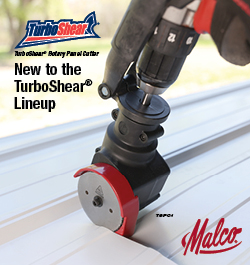


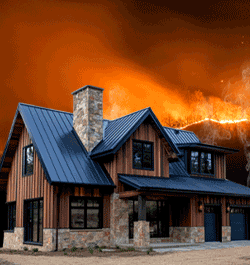





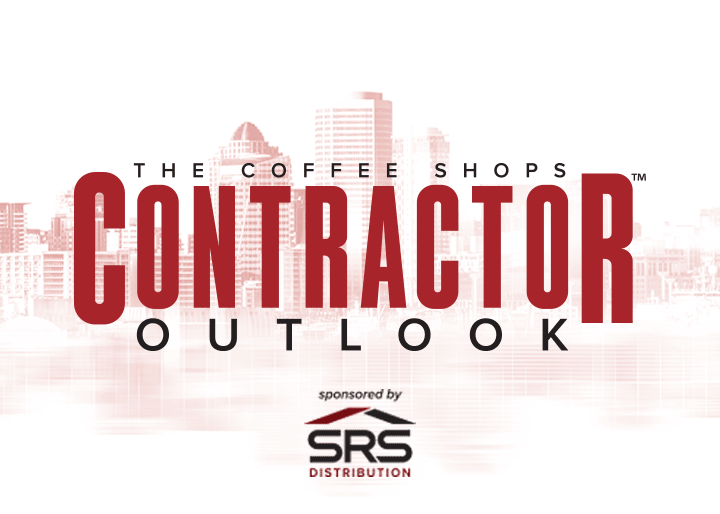
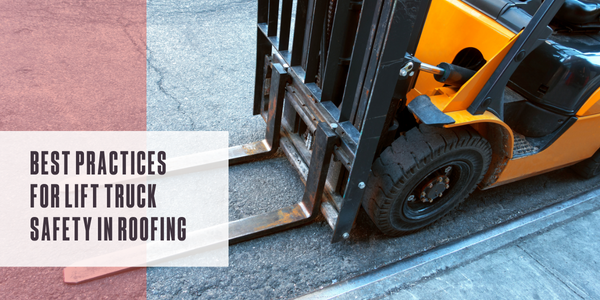
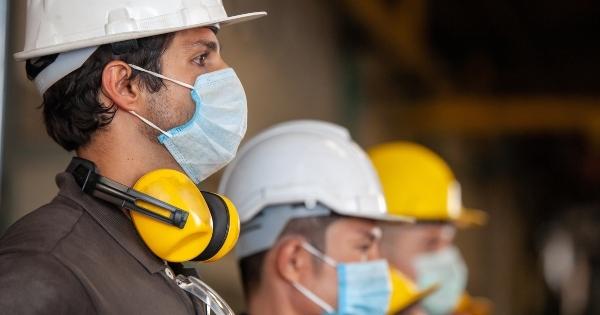
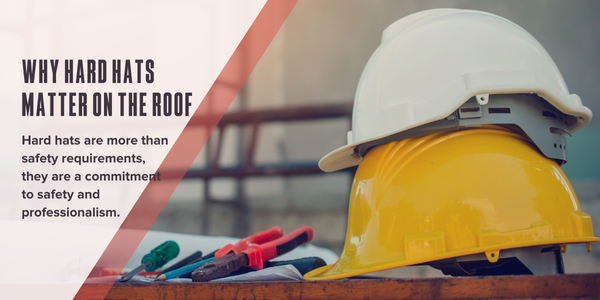


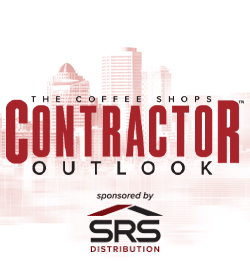

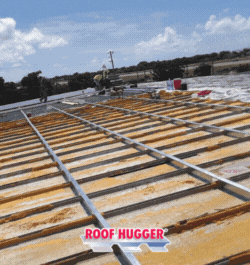
Comments
Leave a Reply
Have an account? Login to leave a comment!
Sign In